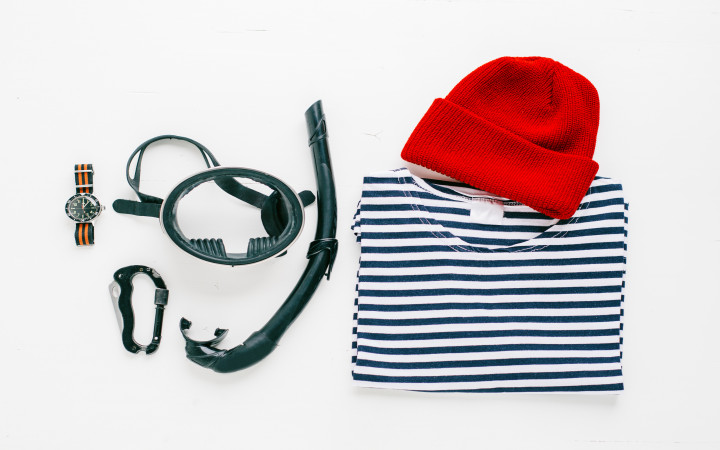Today’s Wonder of the Day was inspired by jennifer from Rockford. jennifer Wonders, “How do they photograph and record video in the ocean?” Thanks for WONDERing with us, jennifer!
Can you imagine climbing to the top of the world's highest mountain? Hundreds of people have reached the summit of Mt. Everest. What about exploring the vast expanse of Antarctica? Scientists have been there many times.
Researchers and scientists seem to have traveled to every nook and cranny of Earth, from rainforests and jungles to deserts and frozen tundra. Yet, land only comprises a small fraction of what Earth has to offer.
The true frontiers left to explore remain hidden deep below the waters of the world's oceans. Covering approximately 70 percent of Earth's surface, the world's oceans hold many mysteries yet to be revealed.
If there's one man who knew that better than anyone, it's Jacques Cousteau. If you're interested in oceanography or have ever watched a documentary about marine life, then you can thank Jacques Cousteau for his pioneering work in these areas.
Born in France in 1910, Cousteau excelled in many fields throughout his life. He primarily dedicated his life to researching and exploring the world's oceans.
While leading many undersea expeditions, he also devoted time to underwater photography and making documentary films and television series about marine life. As if that weren't enough, Cousteau also invented several devices to aid his undersea explorations.
Cousteau's love of the sea began as a child and continued as a member of the French Navy. During World War II, his underwater research led him to collaborate with French engineer Emile Gagnan to invent the Aqua-Lung, a breathing device that allowed scuba divers to stay underwater for extended periods of time.
In 1945, Cousteau started the French Navy's undersea research group. Working with others, he helped to develop several other important devices, including a diving saucer and waterproof cameras. With these inventions, he was able to make his first two documentaries about underwater exploration: 18 Meters Deep and Shipwrecks.
Cousteau acquired a former British minesweeper in 1950 and converted it into an oceanographic research vessel he named Calypso. He began to use Calypso to make annual trips to explore the world's oceans. He documented many of these trips on his famous television series The Undersea World of Jacques Cousteau.
To help finance his voyages and bring media attention to the need for conservation efforts to protect the world's oceans and marine life, Cousteau wrote several books and produced a variety of documentary films and television series, including The Silent World.
Cousteau's fame allowed him to start the Cousteau Society in 1973. Through this organization, he was able to raise awareness of ocean ecosystems and the need to protect them.
In 1996, Calypso accidentally sank in Singapore Harbor after being hit by a barge. Cousteau tried to raise money to build a new ship, but he died unexpectedly in Paris in 1997 at the age of 87.




